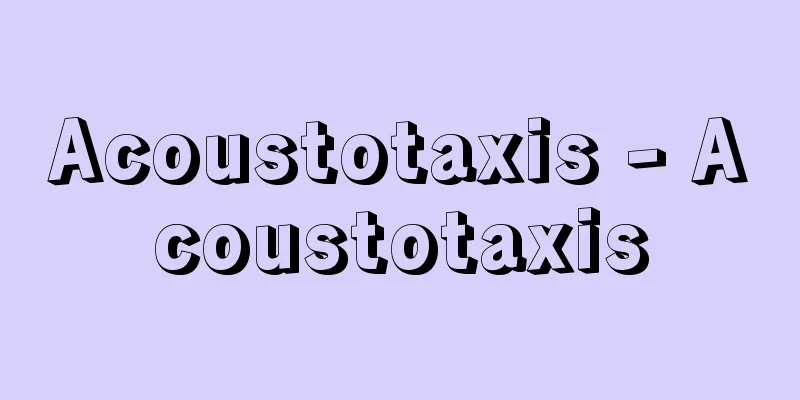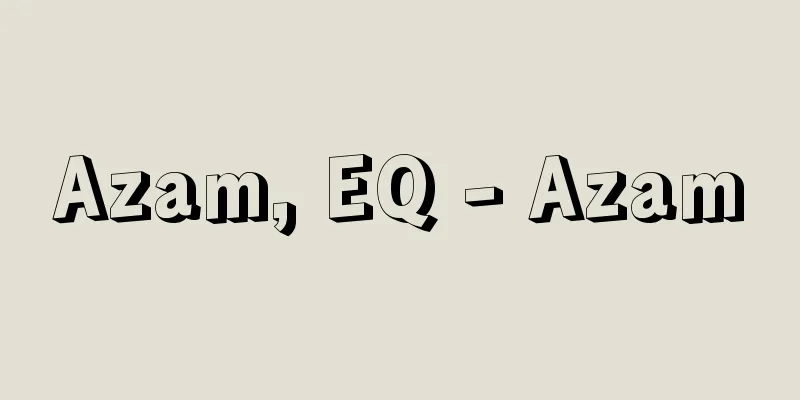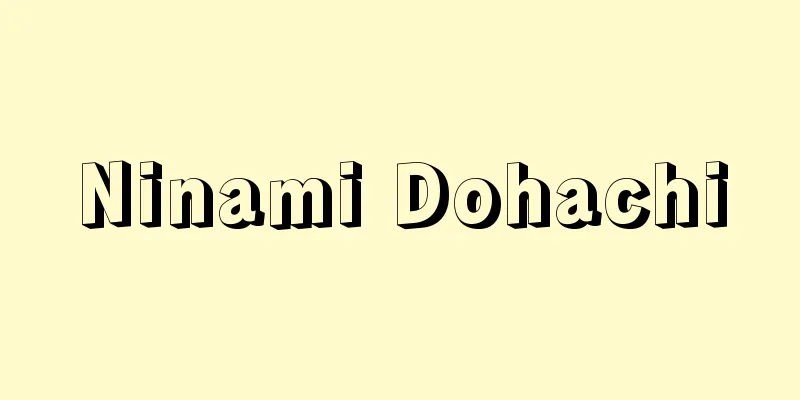Boris Leonidovich Pasternak

|
Russian and Soviet poet and novelist. Born in Moscow to the famous painter Leonid Pasternak (1862-1945) and the pianist Rosalia Kaufmann, he was an artistic Jewish family. He initially aspired to be a composer and studied under Scriabin, but gave up when he found out he didn't have perfect pitch. He went on to study history and philosophy at Moscow University, and in 1912 went to study at the University of Marburg in Germany, where he was taught cultural philosophy by Professor Cohen of the Neo-Kantian school. In 1914, he published his first collection of poems, Twins in the Snow, and, together with Asseev, who wrote the preface to the collection, he belonged to the moderate futurist group "Centrifuga". His early poems were strongly influenced by Blok and Rilke, and he was constantly aware of the presence of Russian philosophical poets such as Lermontov and Tyutchev, and his contemporaries such as Mayakovsky. The second collection of poems, Beyond the Fort (1917), was followed by My Sister - Life (1922), subtitled "Summer 1917." Set against the backdrop of the uplifted mood between the two revolutions of February and October, the collection of poems tells of the poet's unrequited love affair during this period, with a focus on the sympathy and fusion between nature, the real world, and humans. Poetry is defined as "the duel between two nightingales on a night that freezes a single leaf," and Pasternak's unique "associative" poetic method, which seeks new possibilities for metaphor by making the most of the meaning and subtext of words and their musicality, is most clearly expressed here. In the mid-1920s, the poet's inclination towards the epic genre became more evident, with epic poems such as The Noble Sickness (1922, adapted in 1928), 1905 (1926), and Captain Schmidt (1927) expressing the poet's meditations on revolution and individual fate. This tendency is also seen in the verse romance Spektolsky (1931) and the prose novella Tale (1929), which has the same protagonist and theme, and which traces the path of Russian intellectuals in the years of World War I and the revolution, and in which the prototype of his later work Doctor Zhivago can be found. Her other prose works include The Sign of Apelles (1918), A Letter from Tula (1922), the novella The Girlhood of Rybbels (1922), which depicts an adolescent girl's awakening to the outside world, and The Sky Road (1924).In 1931, she wrote the autobiographical prose work Safe Pass. In the same year, 1931, he dissolved his nine-year marriage to his first wife, the painter Eugenia Ruriye, and traveled to the Caucasus with his mistress Zinaida Neigaus, whom he later remarried. He formed friendships with Georgian poets such as Titsian Tabidze (1893-1937), Paolo Iashvili (1894/1895-1937), and Chikovani. In his collection of poems with the symbolic title, Second Birth (1932), he sings of his sympathy and new love for the majestic nature of the Caucasus in clear words that are a departure from the difficult language of his previous poems. He had many opportunities to appear in public until the mid-1930s, speaking at the Soviet Writers' Congress in 1934, at the Congress of the Writers' Union in 1936, and representing the Soviet Union at the Paris Conference for the Defense of Culture in 1935.However, during the period of purges from 1937 and 1938 onwards, he seems to have chosen translation as a "refuge," so to speak, and starting with "Hamlet," he left behind many famous translations during and after the war, such as "Shakespeare's Plays" (1949), Goethe's "Faust" (1953), and "The Georgian Poets" (1946). His collection of poems, "On an Early Morning Train" (1943), published during the Second World War, is permeated with a simple tone, and the following "The Expanse of the Earth" (1945) reflects the poet's wartime experiences. In 1943, he served on the front line as a member of the "Writers' Corps," and left behind a reportage. After World War II, under the strict literary control following the "Zhdanov Criticism," Pasternak was forced into complete silence, and finally, in 1954, after Stalin's death, "Poems from the Novel Doctor Zhivago" was published in the magazine Znamiya. Individual poems were published in anthologies and other publications after that, but when Doctor Zhivago was published overseas by the Italian publisher Feltrinelli in 1957 and Pasternak was awarded the Nobel Prize in Literature the following year in 1958, the Soviet media organized a major denunciation campaign and the Union of Writers expelled him. Against his will, he was caught up in the whirlpool of international political conflict, and had to decline the award and plead with then-Prime Minister Khrushchev, saying, "Leaving Russia would be like death for me. Please refrain from taking such harsh measures." Although he escaped deportation, the trauma he suffered was great, and he passed away alone a year and a half later in Peredelkino, a writers' village on the outskirts of Moscow. Solzhenitsyn and others attended his funeral, demonstrating the respect and affection for the poet by Soviet literary enthusiasts. The poems he produced in his later years were compiled into a surprisingly cheerful collection, Sunny Days, which was published abroad along with Autobiographical Essays (1957). A two-volume collection of his works was published in the Soviet Union in 1985, and most of his works, except for Doctor Zhivago, were seen in Russia. [Takashi Egawa] "Pasternak Autobiography" translated by Yukio Kudo (1959, Kobunsha)" ▽ "World Poetry Collection 18: Pasternak Poems" translated by Sadao Inada (1972, Kadokawa Shoten)" ▽ "Pasternak: A Poet's Love" by Olga Ivinskaya, translated by Masahiro Kudo (1982, Shinchosha) [References] | | | | | |Source: Shogakukan Encyclopedia Nipponica About Encyclopedia Nipponica Information | Legend |
|
ロシア・ソ連の詩人、小説家。著名な画家レオニードLeonid Pasternak(1862―1945)を父に、ピアニストであるカウフマンRosalia Kaufmannを母としてモスクワの芸術的なユダヤ系の家庭に生まれる。初め作曲家を志しスクリャービンに師事したが、絶対音感のないことを知って挫折(ざせつ)、モスクワ大学の歴史・哲学部に学び、1912年ドイツのマールブルク大学に留学して新カント学派のコーエン(コーヘン)教授から文化哲学を講じられた。1914年、処女詩集『雪の中の双生児』を出し、詩集に序文を寄せたアセーエフらとともに穏健な未来派グループ「遠心力(ツェントリフーガ)」に属した。初期の詩にはブローク、リルケの影響が強く、レールモントフ、チュッチェフらのロシアの哲学的詩人、同時代のマヤコフスキーらの存在が絶えず意識されている。第二詩集『堡塁(ほるい)を越えて』(1917)に続く詩集『わが妹――人生』(1922)は「1917年夏」の副題をもち、この時期の詩人の実らなかった恋愛体験が2月、10月の二つの革命の中間期の高揚した気分を背景に、自然、現実世界、人間の間の交感、融合感を軸として語られる。詩とは「一枚の木の葉を凍らせる夜、二羽のウグイスの果たし合い」と定義され、ことばの意味と転義、その音楽性を最大限に利用して、新しい比喩(ひゆ)の可能性を求めたパステルナーク独自の「連想」の詩法が、ここではもっとも明確に表れている。 1920年代中期になると叙事的ジャンルへの傾斜が目だち始め、『高尚な病』(1922、改作1928)、『1905年』(1926)、『シュミット大尉』(1927)などの叙事詩では革命と個人の運命についての詩人の思索が語られた。この傾向は韻文体のロマン『スペクトルスキー』(1931)、それと主人公、テーマを同じくする散文の中編『物語』(1929)にもみられ、第一次世界大戦と革命の時代のロシア知識人の軌跡をたどったこれらの作品には後年の『ドクトル・ジバゴ』の原型がみいだされる。散文作品には、ほかに『アペレスの印』(1918)、『トゥーラからの手紙』(1922)、思春期の少女の外界への目覚めを描いた中編『リューベルスの少女時代』(1922)、『空路』(1924)などがあり、1931年には自伝的な散文『安全通行証』が書かれた。 同じ1931年、最初の妻であった画家エウゲニヤ・ルリエとの9年間の結婚生活を解消、のちに再婚する愛人ジナイーダ・ネイガウスとカフカスに旅行。タビゼTitsian Tabidze(1893―1937)、ヤシビリPaolo Iashvili(1894/1895―1937)、チコバーニらのジョージア(グルジア)の詩人たちと親交を結んだ。象徴的な題名をもつ詩集『第二の誕生』(1932)にはカフカスの雄大な自然への共感と新しい愛が、それまでの詩の難解さとは異なる明晰(めいせき)なことばで歌われている。1934年にはソ連作家大会で、1936年には作家同盟会議で発言し、1935年にはパリの文化擁護会議にソ連代表として参加するなど、1930年代中期までは公の場に出る機会も多かったが、1937、1938年以降の粛清時代には、翻訳をいわば「避難所」に選んだようで、『ハムレット』を皮切りに戦中・戦後にかけて『シェークスピア戯曲集』(1949)、ゲーテの『ファウスト』(1953)、『ジョージア詩人集』(1946)など数多くの名訳を残している。 第二次世界大戦中に出版された詩集『早朝の列車にて』(1943)は平明な調子で貫かれ、続く『大地の広がり』(1945)には詩人の戦争体験が反映されている。1943年「作家隊」の一員として前線に従軍、ルポルタージュを残した。 第二次世界大戦後は「ジダーノフ批判」以降の厳しい文学統制のもとで、彼は完全な沈黙に追い込まれ、スターリン死後の1954年ようやく『旗(ズナーミヤ)』誌に『長編「ドクトル・ジバゴ」からの詩編』が公表された。その後も個々の詩編が詩文集などに発表されたが、1957年『ドクトル・ジバゴ』がイタリアのフェルトリネリ社から国外出版され、翌1958年パステルナークにノーベル文学賞が授与されると、ソ連のマスコミは大々的な非難キャンペーンを組織し、作家同盟は彼を除名処分にした。意図に反して国際的な政治抗争の渦に巻き込まれた彼は受賞を辞退し、当時のフルシチョフ首相にあてて「ロシアを去ることは私には死にも等しい。どうかこの厳しい措置をとらぬようお願いする」と懇願しなければならなかった。国外追放は免れたものの、このときの心の痛手は大きく、1年半後、彼はモスクワ郊外の作家村ペレデルキノで寂しく息を引き取った。葬儀にはソルジェニツィンらも出席し、ソ連の文学愛好者のこの詩人への敬愛の情が示された。晩年の詩は思いのほか明るい調子の詩集『晴れようとき』にまとめられ、『自伝的エッセイ』とともに国外で公刊された(1957)。1985年にはソ連でも二巻選集が出て、『ドクトル・ジバゴ』を除くほとんどの作品が国内で日の目をみた。 [江川 卓] 『工藤幸雄訳『パステルナーク自伝』(1959・光文社)』▽『稲田定雄訳『世界の詩集18 パステルナーク詩集』(1972・角川書店)』▽『オリガ・イヴィンスカヤ著、工藤正広訳『パステルナーク 詩人の愛』(1982・新潮社)』 [参照項目] | | | | | |出典 小学館 日本大百科全書(ニッポニカ)日本大百科全書(ニッポニカ)について 情報 | 凡例 |
>>: Pastel - Pastel (English spelling)
Recommend
Sula leucogaster (English spelling) Sulaleucogaster
…[Hiroshi Hasegawa]. … *Some of the terminology t...
Flame Violet
...The flowers are beautiful and come in red, whi...
Alief - Alief
…However, it was only after the 16th century that...
Chilembwe, J.
…In late January 1915, John Chilembwe (?-1915), a...
Saururus
…A perennial herb of the Houttuynia family that g...
Scabiosa
...An annual plant of the family Diapalaceae that...
Warta
…It flows northwest across the Silesian plain, jo...
Mount Otakine
This mountain is located in the eastern part of F...
Illegal activity - Dappoukoi
An act that does not technically violate the proh...
Economic policy
Today, every country in the world is faced with t...
natürliche Verbindlichkeit (English notation) naturliche Verbindlichkeit
...In addition, in early Roman law, it was said t...
Half-assed - Hanjiri
A type of kariginu worn by male nobles from the H...
Utamahi
...In Japan before the Meiji period, there was a ...
Tang Wen Cui (English spelling)
An anthology of poetry and prose from the Tang dyn...
Local merchant - Zaigō Shōnin
From the mid-modern period onwards, non-privilege...







![Yunomine [Hot Spring] - Yunomine](/upload/images/67cd14dc07521.webp)

